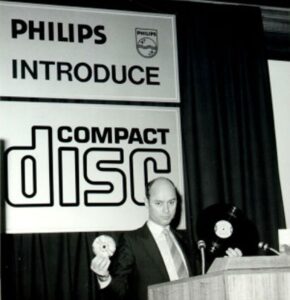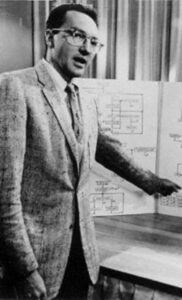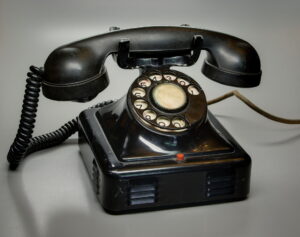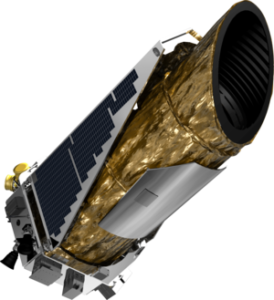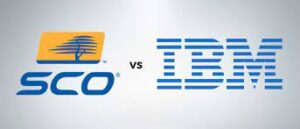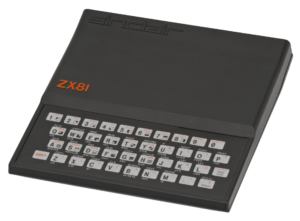Archive for March 2024
IBM Introduces PC-XT
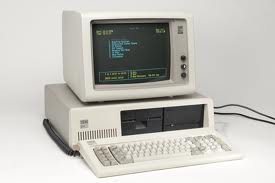
IBM introduces the IBM Personal Computer XT, which stands for eXtended Technology. For a price of $4,995, it features a Intel 8088 processor, a 10MB hard drive, eight expansion slots, serial port, 128 kB RAM, 40Kb ROM, a keyboard, and one double-sided 360kB floppy drive.
Compact Disc Introduced
Philips introduced the Compact Disc to the world at a press conference in Eindhoven, Netherlands. Sony and Philips cooperated to standardize on a 12 cm diameter disc as it would have enough audio data capacity to hold Beethoven’s 74-minute Ninth Symphony.
The First Computer Operating System
Lead programmer Doug Ross demonstrates Director, the first permanent set of instructions for a computer on MIT’s Whirlwind. In essence this is the first concept of an operating system. Loaded by paper tape, Director would allow operators to load multiple problems in Whirlwind by taking advantage of newer, faster photoelectric tape reader technology, eliminating the need for manual human intervention in changing tapes on older mechanical tape readers.
First Transatlantic Telephone Call
Exactly 50 years to the day that Alexander Graham Bell received a patent that made the telephone possible, the first transatlantic telephone call was made from London to New York. Using radio communication technology because phone voltages were too low to transmit through underwater transatlantic cables, commercial service would start less than a year later on January 7, 1927 at the cost of $75 for the first three minutes.
Bell Receives Patent for Telephone
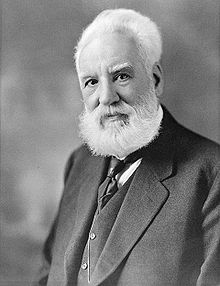
Alexander Graham Bell receives a patent (US No. 174,465) for an “Improvement in Telegraphy,” which will later come to be known as the variable resistance telephone.
NASA Launches Kepler
Kepler, the first planet seeking space telescope is launched by NASA on a Delta II rocket from Cape Canaveral. While intended for a three-and-a-half year mission, Kepler stayed operational for 9 years until it ran out of fuel in 2018. Kepler discovered more than 2,600 planets outside our solar system.
SCO Sues IBM; Threatens Linux Users
The SCO Group, formerly known as Caldera, files a $1 Billion lawsuit against IBM for allegedly “devaluing” its version of UNIX. SCO claimed that IBM had contributed SCO’s proprietary code to the codebase of the open-source Linux, thereby making SCO’s UNIX less valuable. A couple of months later in May, SCO sent letters to many major corporations warning them of the possibility of liability if they used Linux. SCO eventually even threatened individual Linux users who did not license SCO UNIX.
Among some Linux fans, the lawsuit was a threat to the Open Source movement. However most saw the lawsuit as simply legal maneuvering by SCO to try to capitalize on Linux as it had changed the competitive landscape of the UNIX marketplace. Long story short, through a series of claims and counter-claims involving SCO, IBM, Red Hat, and Novell most of SCO’s claims were dismissed and SCO went bankrupt. However, the original lawsuit did not finally come to resolution until November of 2021!
Michelangelo Strikes

The Michelangelo virus, so-named because it activates on March 6, the birthday of Michelangelo, begins infecting computers. The virus will also make news in 1993. It was one of the earliest viruses to receive widespread media attention and also one of the first to prompt widespread hysteria. The irony of the name of the virus was that nothing in the virus’ code referenced Michelangelo. It is possible the virus author, who was never identified, did not know March 6th was Michelangelo’s birthday!
Yahoo! Officially Launches
March 5, 1995
The Yahoo! search engine officially launches on the Internet. 13 months later, Yahoo! will hold its IPO at a price of $13 per share. Yahoo!’s stock will peak at $475 in January 2000, and fall to $8.02 in September 2001.
Sinclair ZX81 Launched
The Sinclair ZX81, the successor to the ZX80, is launched in England. Designed to be a low-cost introduction to home computing, the ZX81 was the first personal computer to be later sold in the United States for under $150. More than 1.5 million units were sold worldwide and created a lasting legacy among nascent programmers and early personal computer users.

